The international salmon expedition will try to find out why so many salmon go out into the Pacific Ocean and never return. By Christopher Dunagan An international team of 21 scientists will embark Sunday on a wintry expedition that could help untangle some of the greatest mysteries surrounding Pacific salmon: Where do these migrating fish […]
January 22, 2019
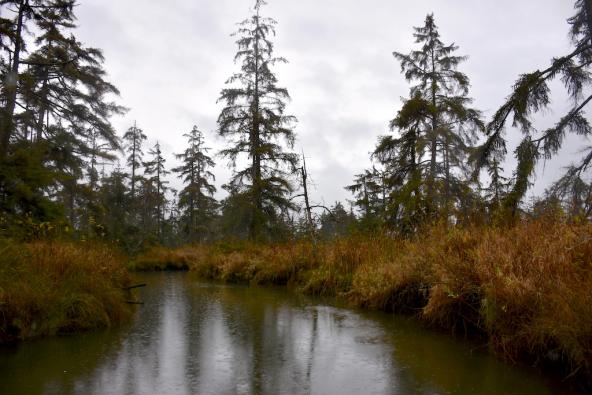 ">
"> The lost tidal forests of Puget Sound
Hundreds of years ago, old-growth cedar and spruce loomed over estuaries and bottom lands throughout Puget Sound, creating what are known as tidal forests. These forests were the Pacific Northwest’s answer to the Everglades — giant spongy swamps with a touch of saltwater that made up some of the finest salmon habitat in the region. […]
August 10, 2018
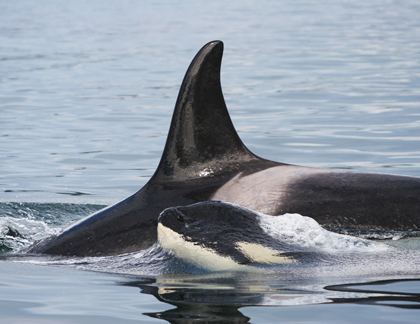 ">
"> Task force narrows list of ideas to save killer whales from extinction
By Christopher Dunagan The term “no silver bullet” has been heard again and again as dozens of experts from throughout the state examine ideas that might help avoid extinction for Puget Sound’s beloved orcas. The Southern Resident Killer Whale Task Force, created by the governor, is considering short-term actions — such as increasing hatchery production […]
July 16, 2018
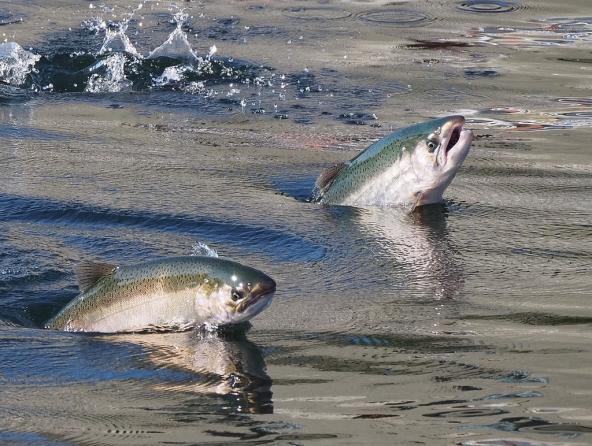 ">
"> New studies on emerging threats to salmon
Chemicals, disease and other stressors can increase a salmon’s chance of being eaten or reduce its ability to catch food. We wrap up our series on the Salish Sea Marine Survival Project with a look at some of the lesser-known, but still significant factors contributing to salmon declines in the Salish Sea. Read the story in […]
July 10, 2018
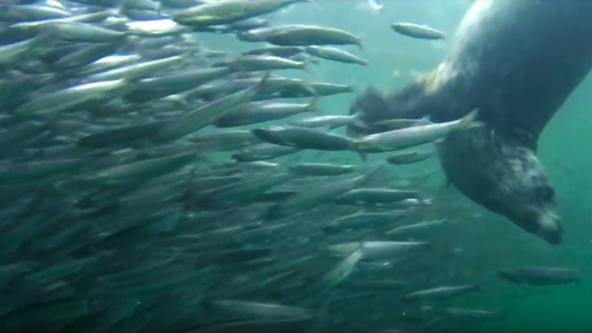 ">
"> Could anchovies and other fish take pressure off salmon and steelhead?
A recent influx of anchovies into Puget Sound may have saved some steelhead from predators, but researchers seek more evidence to prove the connection. Our series on the Salish Sea Marine Survival Project continues with a look at these and other potential impacts from predators on the region’s salmon and steelhead. Read the story in […]
July 2, 2018
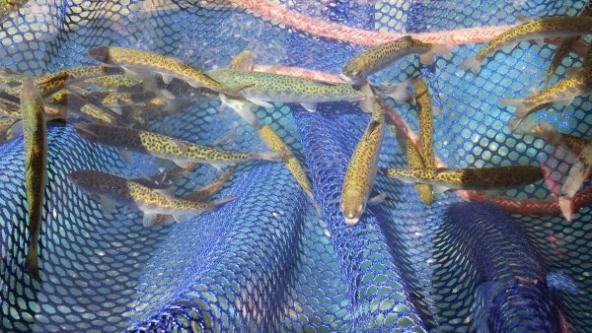 ">
"> Size means survival for young salmon
We’ve published part 2 of Christopher Dunagan’s series on the Salish Sea Marine Survival Project. Getting bigger faster can help save juvenile Chinook salmon from a gauntlet of hungry predators ranging from birds and marine mammals to larger fish. We take a look at what helps salmon grow and prepare for life in the open […]
June 25, 2018
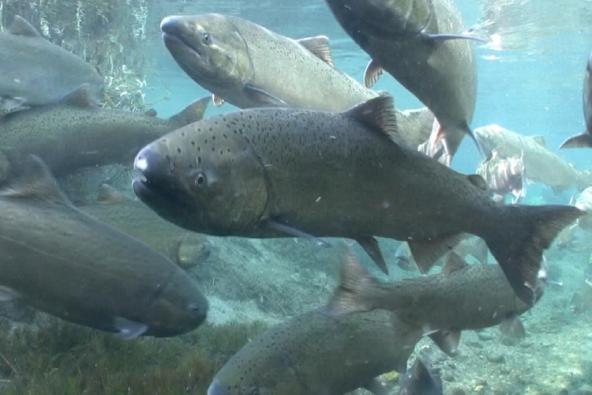 ">
"> Opening the black box: What’s killing Puget Sound’s salmon and steelhead?
An intensive research program in the U.S. and Canada is studying why so few salmon in the Salish Sea are returning home to spawn. They are uncovering a complex web of problems involving predators, prey and other factors that put salmon at risk as they migrate to the ocean. Puget Sound Institute senior writer Christopher […]
June 7, 2018
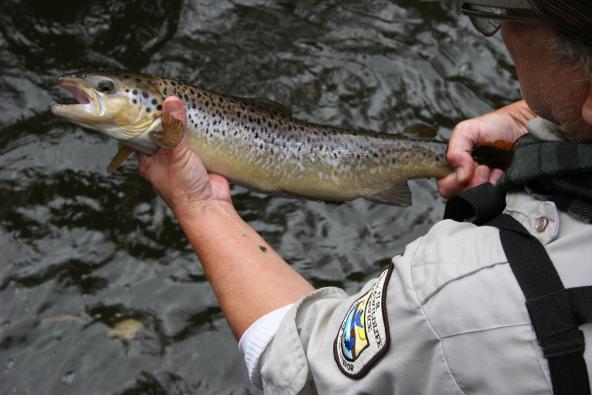 ">
"> Despite WA ban on farmed salmon, BC impacts may flow across border
A high-profile salmon escape led to a ban on salmon farms in Washington earlier this year. But just across the border, scientists say salmon farms in British Columbia expose migrating fish from Puget Sound to potential maladies like parasites, bacteria and dangerous viruses. They say simply getting rid of salmon farms in Washington does not […]
December 6, 2017
What makes stormwater toxic?
Stormwater may be Puget Sound’s most well-known pollutant, and at the same time its least known. While the state has called stormwater Puget Sound’s largest source of toxic contaminants, scientists are still having a tough time answering two basic questions about it: What is stormwater, exactly, and what does it do? Our magazine Salish Sea […]
October 16, 2017
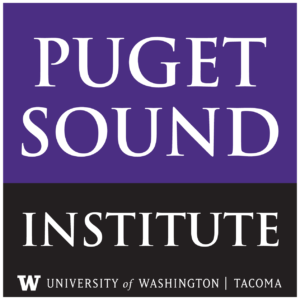
Salmon council approves new priorities for Chinook recovery
By Jeff Rice, Puget Sound Institute The Puget Sound Partnership Salmon Recovery Council has posted a list of recommended priority actions for Chinook salmon recovery. The measures were proposed last spring by area tribes hoping to see stronger efforts to protect the region’s threatened Chinook populations. The document summarizes nine recommendations approved by the Council […]
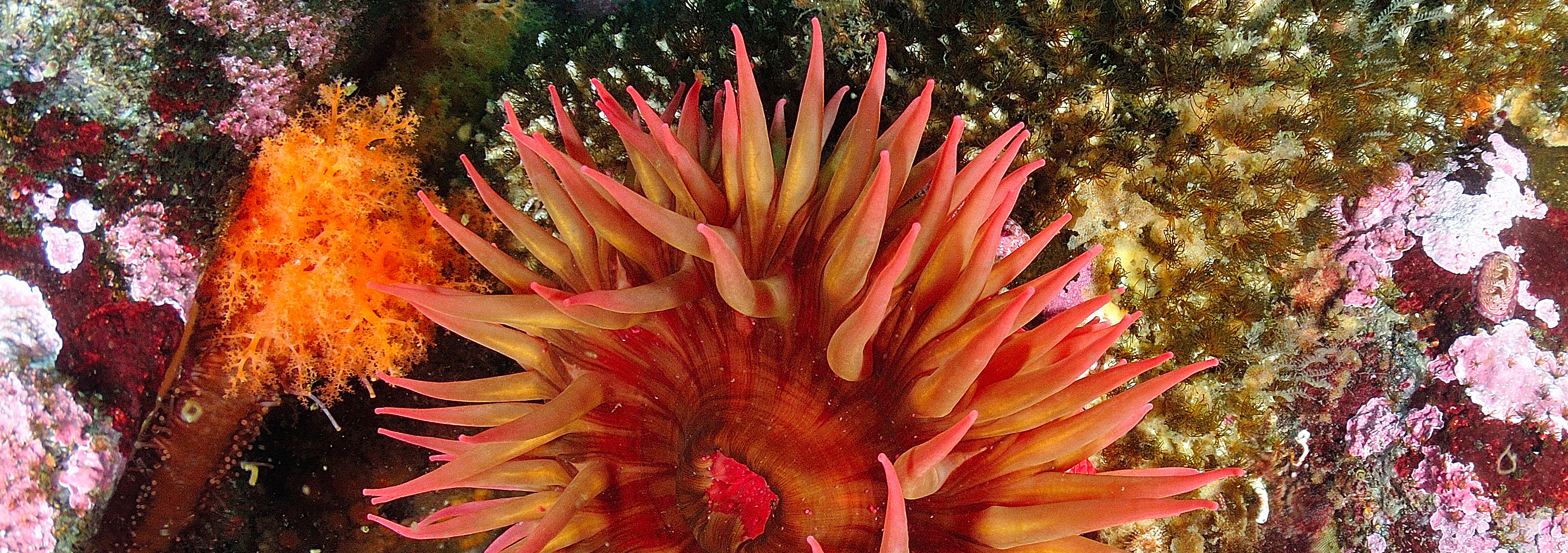
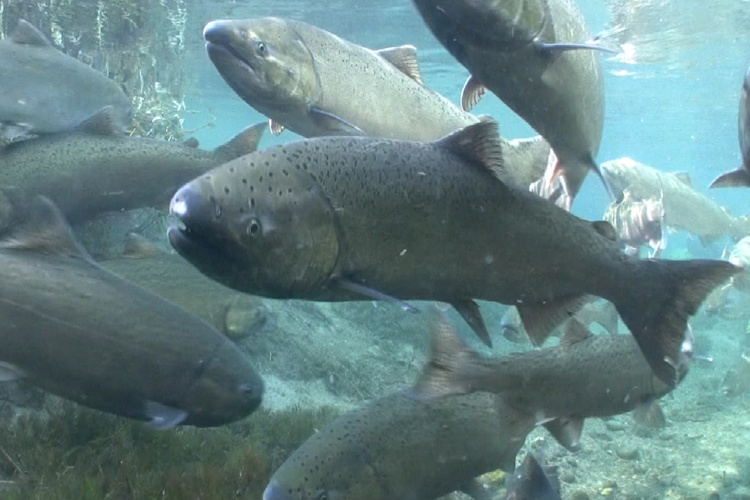 ">
">